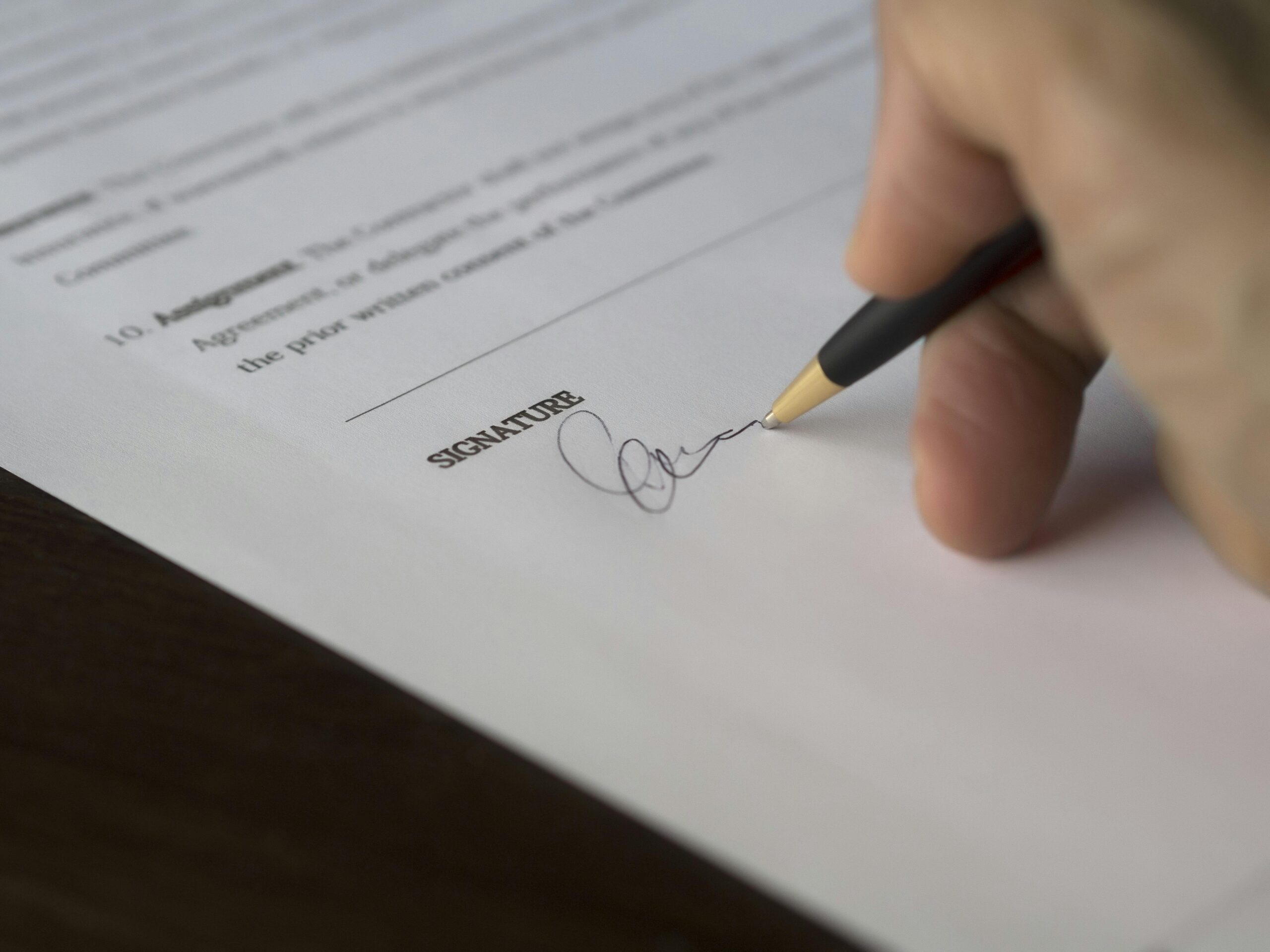If you’re working in Japan as a foreign employee, one big concern is what happens to your income if you become sick or injured and cannot work for a long period.
The good news is that Japan has a system called Sickness and Injury Allowance (傷病手当金, Shōbyō Teatekin).
This system provides financial support for employees who are enrolled in Japanese health insurance and need to take time off work due to non-work-related sickness or injury.
In this article, I’ll explain the basics of this system, who can qualify, how much you can receive, and how to apply.
What Is Sickness and Injury Allowance?
Sickness and Injury Allowance is a financial benefit provided through Japan’s health insurance system.
It is designed to help employees who lose income when they are unable to work due to non-work-related illness or injury.
Eligibility Conditions
To qualify for this allowance, you must meet all of the following conditions:
- Non-work-related illness or injury
Work accidents or commuting accidents are covered by workers’ compensation (rōsai), not this benefit. Cosmetic surgery or conditions not recognized as illness are excluded. - Unable to work
You must have a doctor’s certificate confirming that you cannot work. Recovery at home can also be eligible. - Absent for 4 consecutive days or more
The first 3 days are called the “waiting period” and are not covered. Payments begin from the 4th day onward. - No salary received during the period
If your company continues to pay your salary, the allowance is not provided. However, if your salary is lower than the allowance, the difference may be paid.
Payment Amount and Period
- Amount: About two-thirds (67%) of your average standard monthly salary (calculated over the past 12 months).
Note: This is based on the salary reported for social insurance purposes, not your actual take-home pay. - Period: Up to 1 year and 6 months from the start of payment.
After Leaving the Company
In some cases, you can continue receiving the allowance after leaving your job if:
- You were already receiving the allowance before leaving, or
- You met the eligibility conditions at the time of resignation.
However, once you recover and are deemed able to work, the allowance will stop—even if you later become sick again.
How to Apply
To receive the allowance, follow these steps:
- Get the application form
Ask your employer for the “Shōbyō Teatekin Application Form” or download it from the Japan Health Insurance Association website. - Fill out and get proof
- Fill in your personal details
- Get a doctor’s certificate: “Unable to work”
- Get your employer’s confirmation: “No salary paid”
- Submit the form
Your employer will submit the application to the Health Insurance Association or your company’s health insurance union.
Important:
The application has a two-year deadline (statute of limitations), so apply as soon as possible.
Tip for Foreign Workers in Japan
Understanding benefits like Sickness and Injury Allowance is important — but it’s only part of building a stable life and career here.
One of the biggest keys to thriving in a Japanese workplace is language. Without Japanese skills, you may miss out on communication, promotions, or even basic workplace comfort.
That’s why I recommend checking out my article on learning Japanese with italki.
It covers how improving your Japanese can boost your career and daily life, plus why italki is a flexible and affordable way to learn.
Conclusion
For foreign workers in Japan, Sickness and Injury Allowance is a crucial system that protects your income if you cannot work due to illness or injury.
Knowing about this benefit can give you peace of mind and financial stability during difficult times.
If you’re enrolled in Japanese health insurance, make sure you understand the system and are ready to apply when needed.




Comments